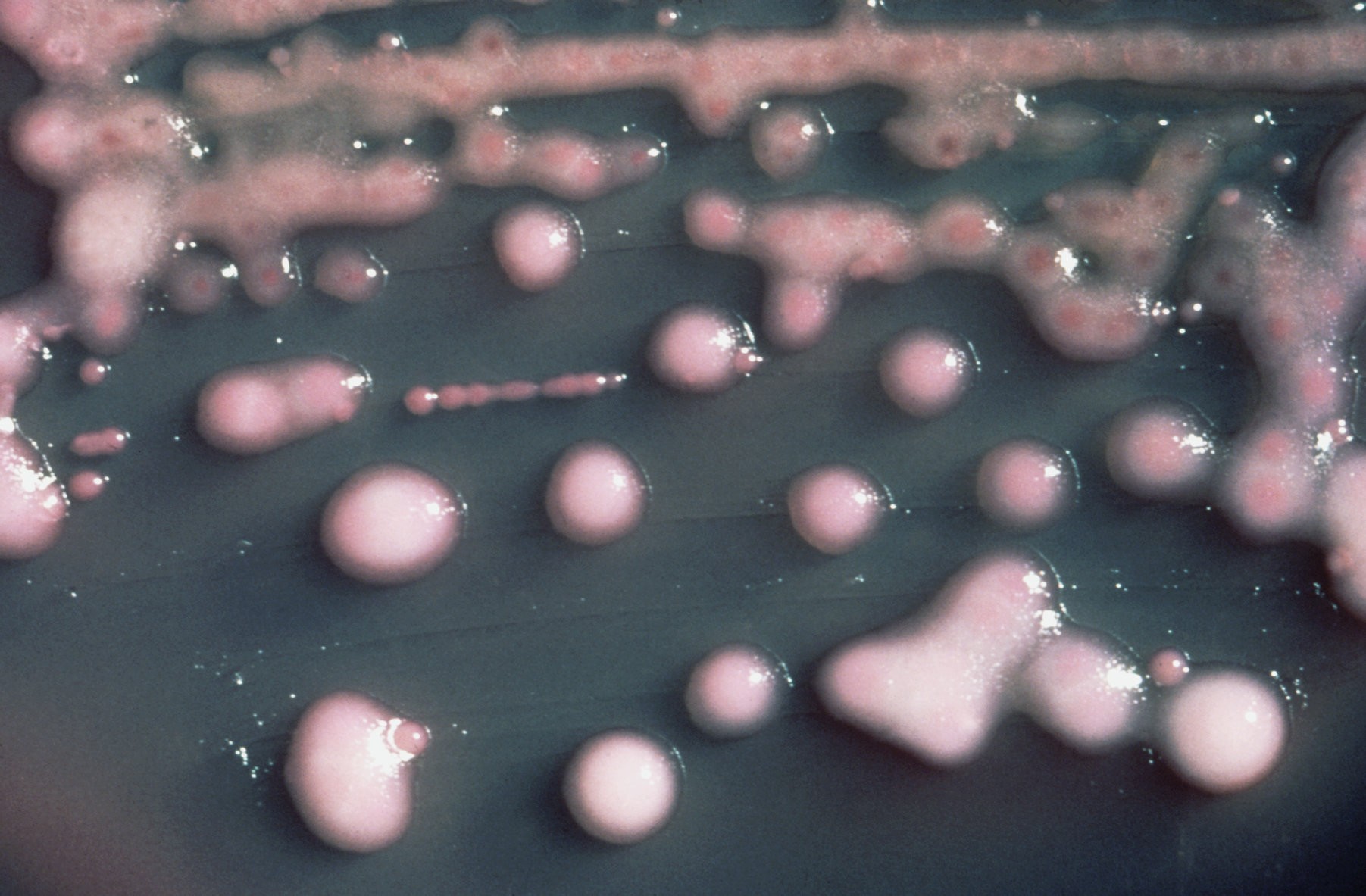
The goat, along with sheep, were among the earliest domesticated animals. Goat remains have been found at archaeological sites in western Asia, such as Jericho, Choga, Mami, Djeitun and Cayonu, which allows domestication of the goats to be dated at between 6000 and 7000 B.C. However, unlike sheep, their ancestry is fairly clear. The major contributor of modern goats is the Bezoar goat which is distributed from the mountains of Asia Minor across the Middle East to Sind. Unlike sheep, goats easily revert to feral or wild condition given a chance. In fact, the only domestic species which will return to a wild state as rapidly as a goat is the domestic cat.
Phragmites australis, or the common reed, is a rapid colonizer that has overrun many coastal wetlands from New England to the Southeast. A non-native perennial, it can form dense stands of grass up to 10 feet high that block valuable shoreline views of the water, kill off native grasses, and alter marsh function.
Now, field experiments by researchers at Duke and six other U.S. and European universities have identified a more sustainable, low-cost alternative: goats.
“We find that allowing controlled grazing by goats or other livestock in severely affected marshes can reduce the stem density of phragmites cover by about half in around three weeks,” said Brian R. Silliman, lead author of the new study and Rachel Carson associate professor of marine conservation biology at Duke's Nicholas School of the Environment.
“The goats are likely to provide an effective, sustainable and much more affordable way of mowing down the invasive grass and helping …
“For more than two decades, we've declared major chemical and physical warfare on this grass, using all the latest manmade weapons,” Silliman said. “We've used helicopters to spray it with herbicides and bulldozers to remove its roots. More often than not, however, it returns.”In this study, we show that sustainable, low-cost rotational livestock grazing can suppress the unwanted tall grass and favor a more diverse native plant system,” he said.
Silliman said the re-emergence of native marsh plants could happen even faster and be more sustained if managers combine grazing with the selective use of herbicides to eradicate any remaining phragmites and then re-plant native species in its place.
The research findings appear this week in the open-access online journal PeerJ.
“This could be a win-win-win-win situation,” Silliman said. Marshes win because native diversity and function is largely restored. Farmers benefit because they receive payment for providing the livestock and they gain access to free pasture land. Managers win because control costs are reduced. Communities and property owners win because valuable and pleasing water views are brought back.
The approach has been used for nearly 6,000 years in parts of Europe and recently has been successfully tested on small patches of heavily phragmites-invaded marshes in New York, he notes. “Now, it just has to be tested on a larger spatial scale.”
So the researchers obtained some goats and put them in test pens. According to their calculations, a pair of goats was able to chew a reed infestation from 94 percent down to 21 percent over the course of the study. Released in the wild, such hungry goats could make a big impact, they say, reducing the coverage of weeds by half in as little as three weeks. And in a nice side benefit, treatment by goats instead of herbicides allows native grasses to grow back (as much as five-fold, according to the study). Duke's Brian Silliman, who led this research, believes that goats could be a cheap and sustainable supplement to more traditional reed-killing methods.
Please Read this Article at NaturalBlaze.com





Leave a Reply